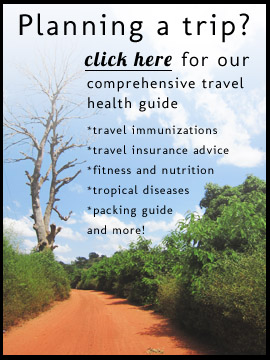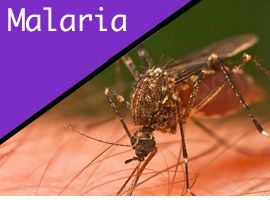We have now seen several incarnations of Avian Bird Flu. Back in 1997, H5N1 got the avian influenza party started, but there are now multiple strains and it’s likely that more will develop as industrialized farming of poultry will continue and humans will remain a part of that process. This post will discuss the threat of Avian Bird Flu with respect to the traveler.
How is Avian Bird Flu different from the regular flu?
Avian influenza produces many of the same symptoms as other strains of influenza, but the mortality rate is often much higher and the symptoms can become severe more quickly. While fever, diarrhea and vomiting are all common symptoms, many patients also develop a lower respiratory tract infection, which can prove lethal. The mortality rate of H5N1, according to the WHO, is as high as 60%, an alarming number no matter how you look at it. To date, there has not been an Avian Bird Flu pandemic and most cases have been limited to people who have direct contact with poultry.
Avian Bird Flu and the traveler
At the time of writing this (July 4th, 2013 – happy birthday America!), there are currently no travel advisories issued. For the latest news on outbreaks and travel warnings for avian influenza, see this CDC page or check out the World Health Organization.
In many cases, bird flu has been detected on poultry farms before spreading to a human host. This usually results in the slaughter of an unfathomable amount of birds. So far, this form of influenza has been unable to reach liftoff in terms of causing a pandemic (*knocks on wood*). We addressed the chances of a major pandemic in this post, and the fact remains that a certain number of factors need to be present simultaneously for this disease to be devastating on a global scale. That’s not to say it’s not possible or that it won’t happen, just that for the moment, you should not let concerns over this form of influenza affect your travel plans.
Most notably, avian influenza has thus far not reached the level of human-to-human transmission. That said, it’s always a good idea to pay attention to the CDC and WHO websites for the latest information.
If you do end up traveling in an area where there have been human cases of Avian Bird Flu, or if you have been in the close presence of poultry, and you start experiencing flu-like symptoms, you should pay special attention and keep in mind the possibility that it could be more than a simple flu. A visit to the clinic won’t hurt and if anything, it will help put you at ease, depending on the diagnosis. If you are experiecing any symptoms of a respiratory infection, then you should go to a clinic immediately. While it has been ruled out that properly cooked poultry can lead to avian influenza, it would be a wise idea to simply avoid poultry in areas where than have been reported cases.
Photo credit: flickr user Stanley_Hsu












{ 0 comments… add one }